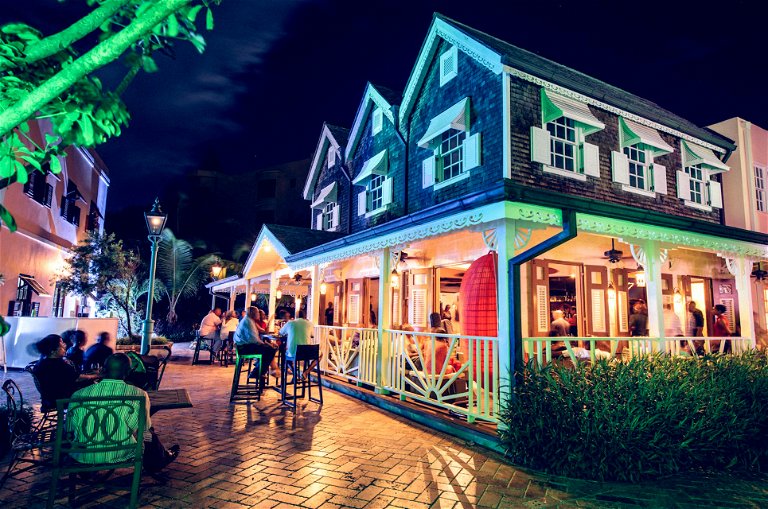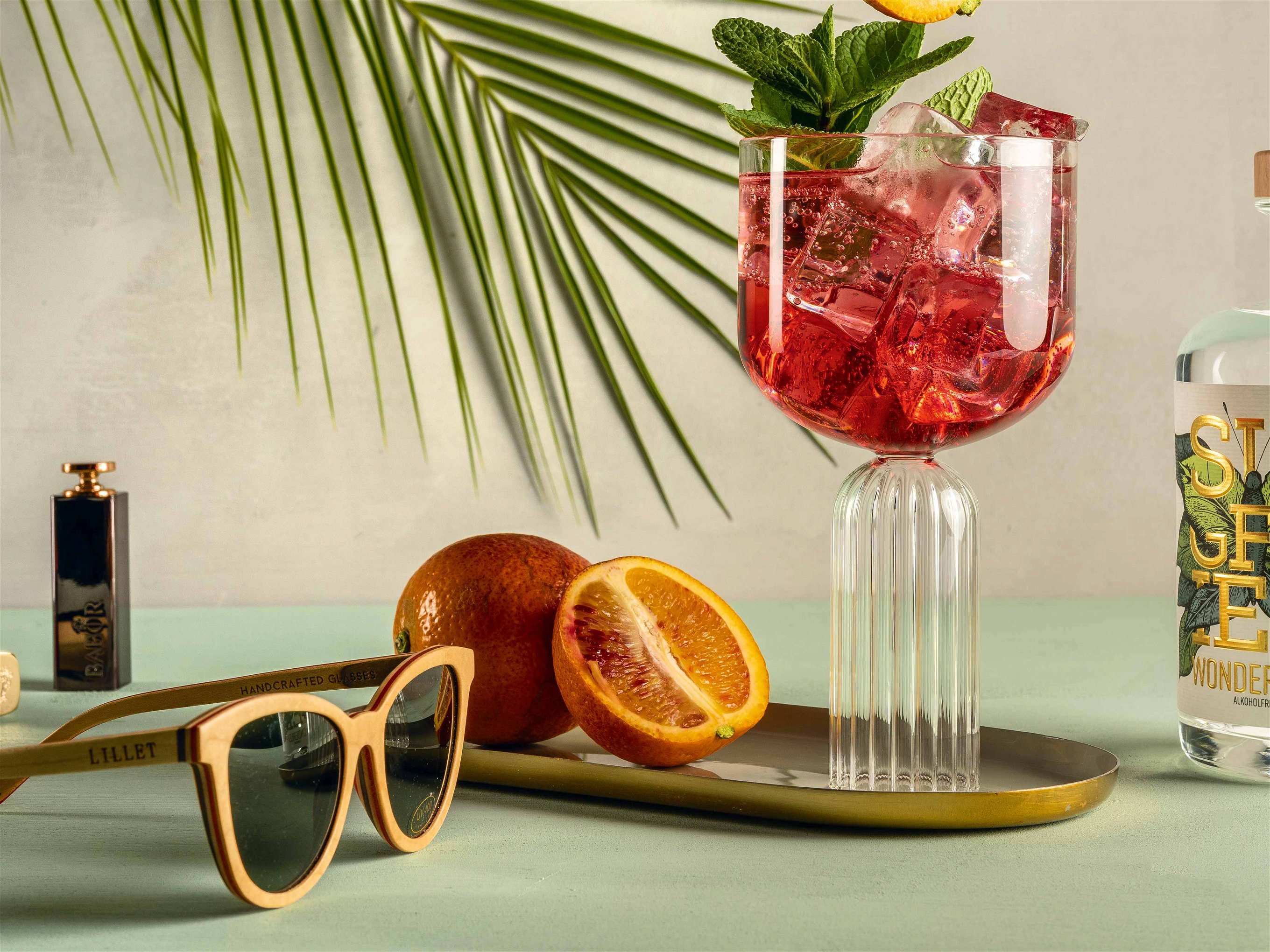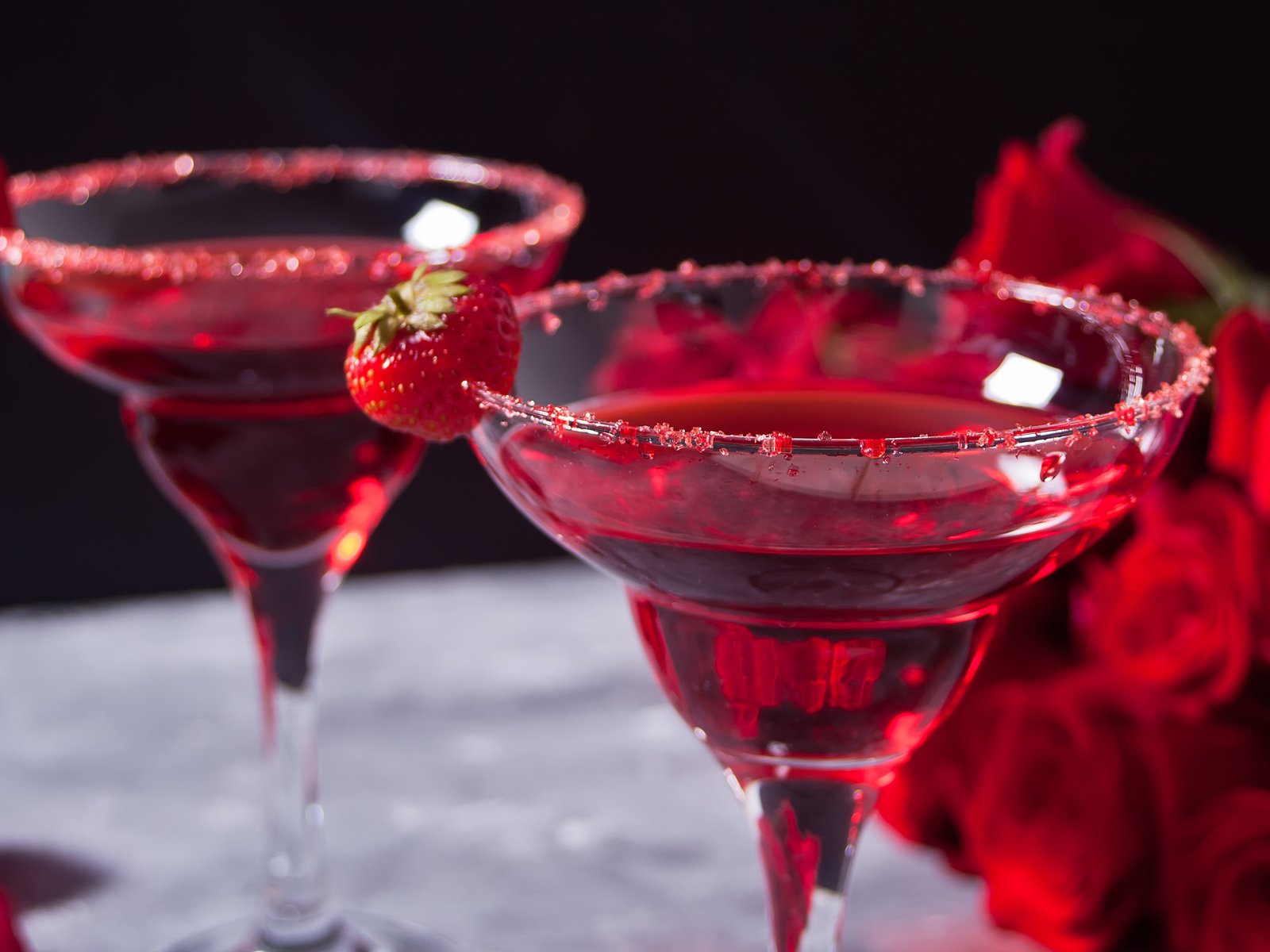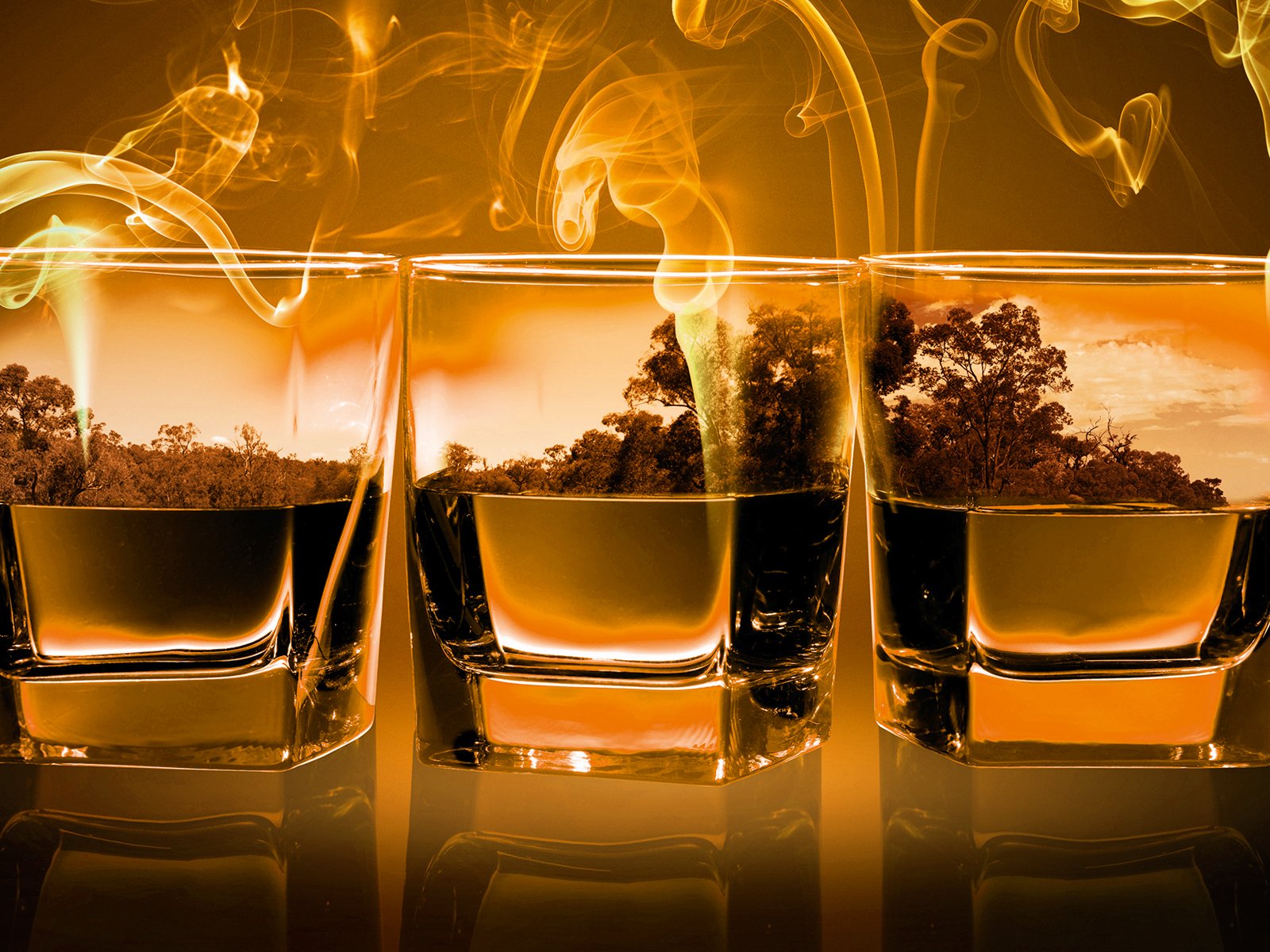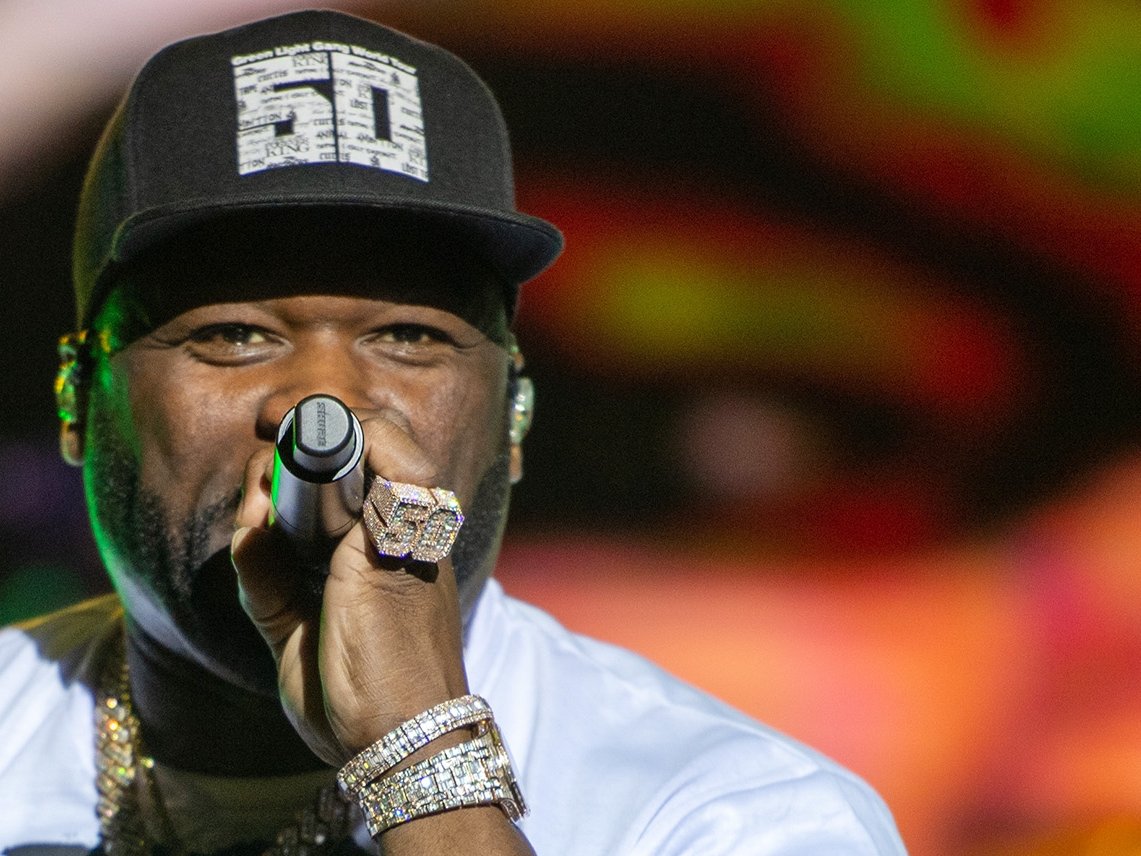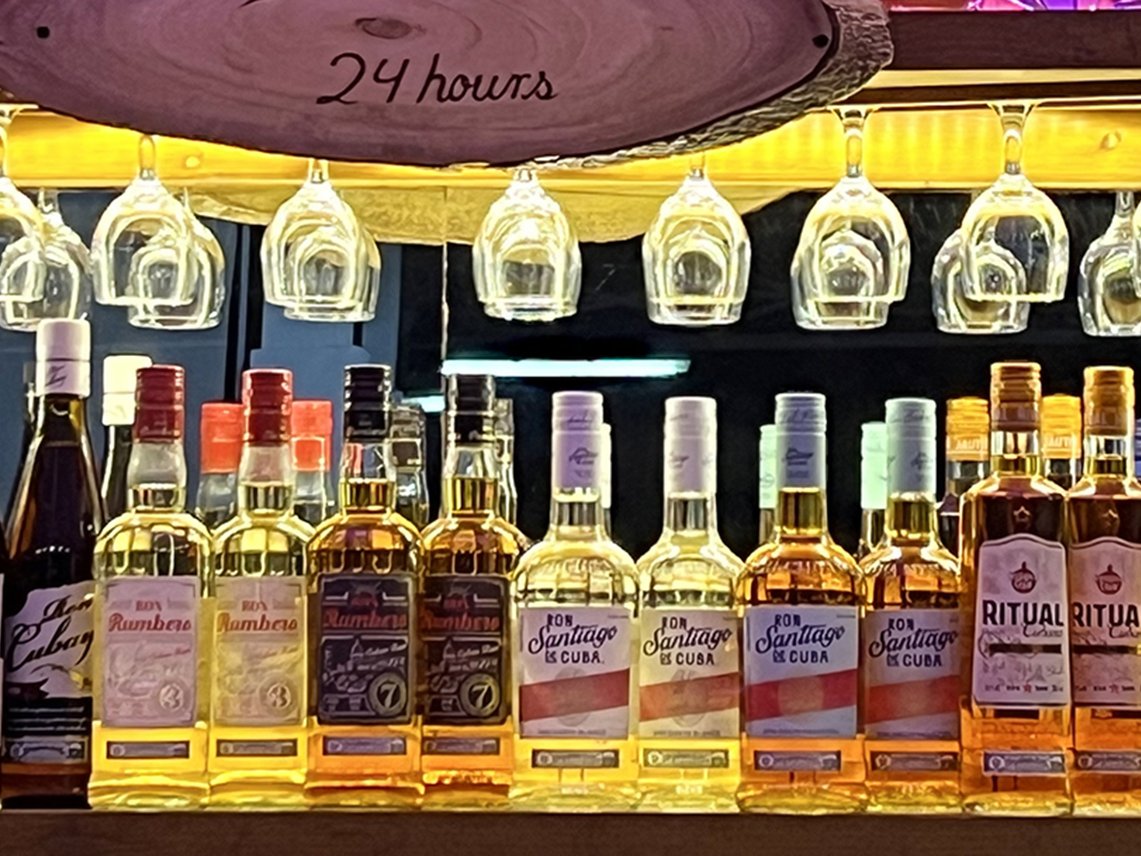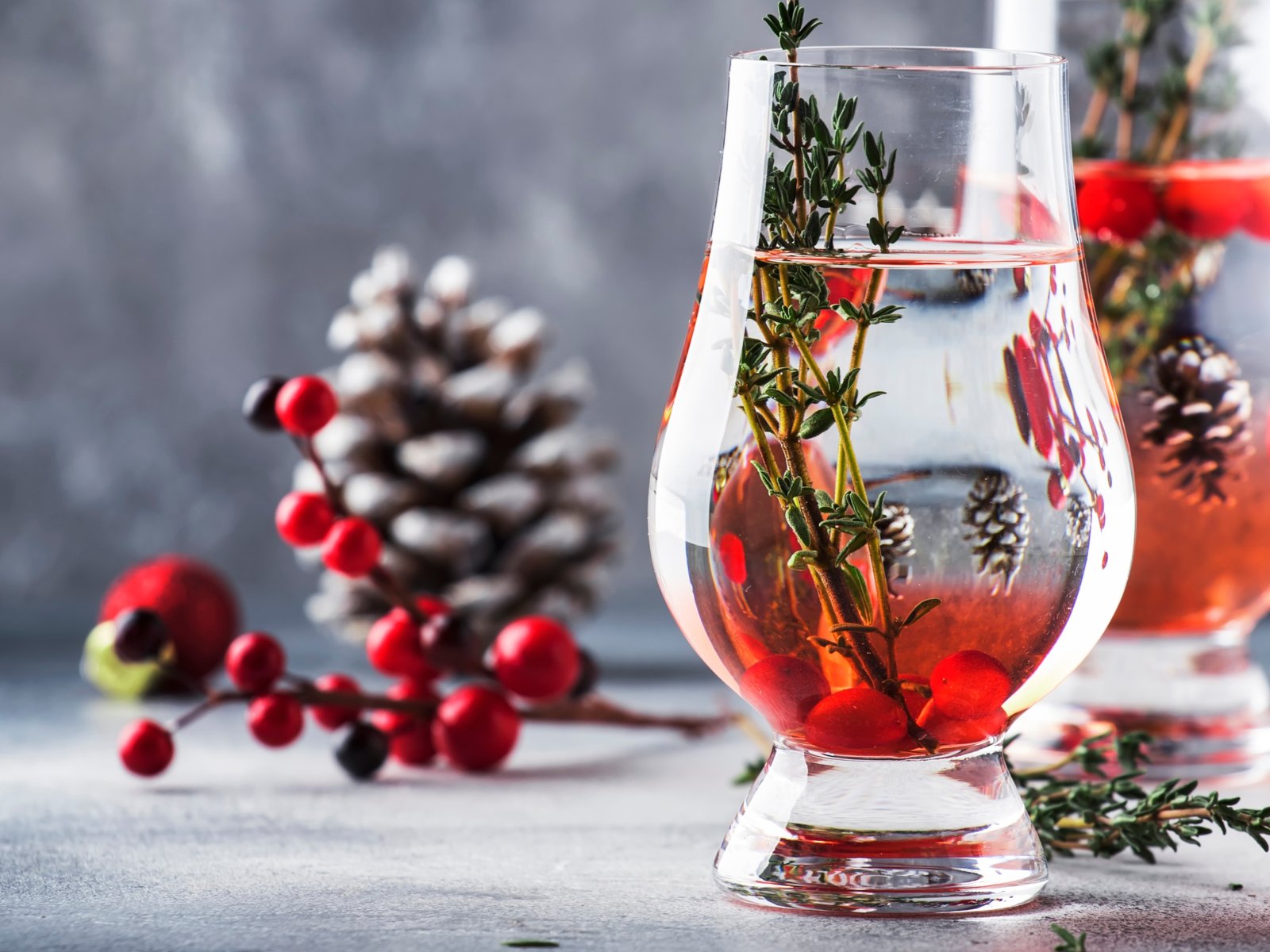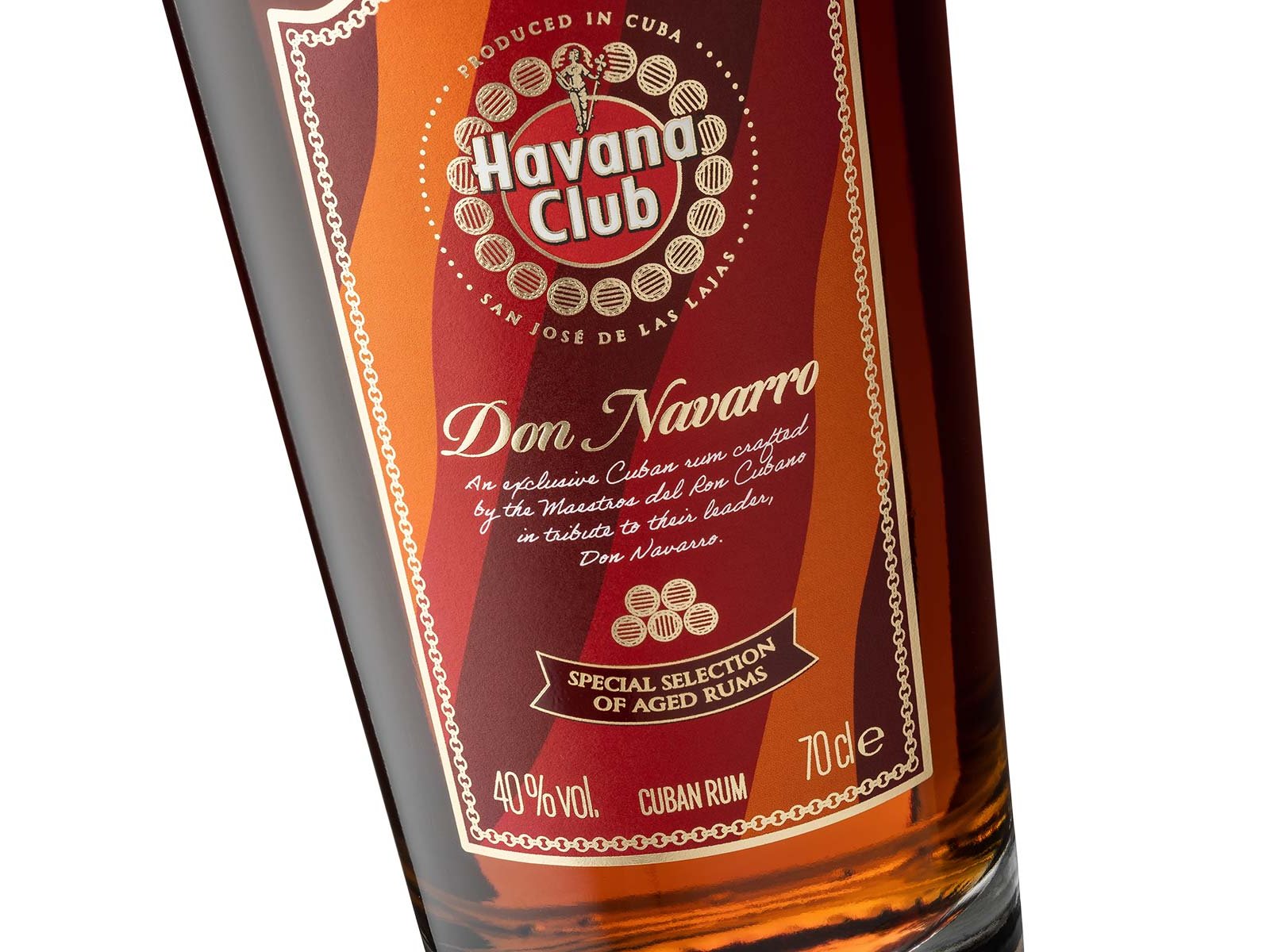Rum – Flavour of the Caribbean
Sugar cane and the resulting rum have shaped the history, fortunes and culture of the Caribbean. Falstaff samples the distillate on Barbados, Santa Lucia and Martinique.
The sun leans blood-red against the horizon. Loud reggae music blares from the speakers and the air is filled with the sweet, spicy scent of Barbadian delicacies being served for dinner.
“Son, we live long and happy lives here in Barbados,” Frank says mischievously as he rocks the steering wheel back and forth. Nothing seems to faze the elderly skipper. He has only been at sea for a few years, before that he was pretty much everything: a farmer, a soldier and officer, he worked in the financial sector and in the car industry, and he was also a chef for a number of years. This time, however, the spicy chicken, beans and salads served on the boat were prepared by his wife. With her almost 90 years of life experience, she also has many a story to tell.
In fact, an astonishing number of men and women in Barbados reach almost biblical ages. For the centenarians – those who proudly crack the 100 mark - there is even a postage stamp with their own likeness. While the catamaran rocks peacefully up and down, you get an inkling that there might be a special life-prolonging elixir. “It’s the rum, son,” Frank says. “It’s the sea, the sun, the climate. We‘re happy people here.”
Barbados is considered the cradle of rum. Rum is said to have been produced here as early as the 17th century. First for the islanders’ own use, later it was exported. And in such huge quantities that the capital Bridgetown was richer and bigger than Manhattan at the time.
Shine Bright Like a Diamond
It is a good thing that Frank is also the bartender on board. As befits any good barman, he serves engaging stories to go with his stiff drinks. He regales us with tales of colonial history but the electrifying power of Frank’s special – a roaring blend of overproof rum, lime and sugar, refined with his secret seasoning – returns the mind to the here and now.
For the locals, there is only one kind of sugarcane distillate: white and strong – with funky, greenish notes of plantain, grassy fresh notions of sugarcane and tropical spice, carried by muscular alcoholic shoulders. Matured rum, on the other hand, with its tamed notes of coffee, nougat and toasty, smoky vanilla, is a rather recent phenomenon. Just as the category of so-called premium rums seems to be a Westernised concept intended for export.
It was just such an idea that assailed Alexandre Gabriel, the mastermind behind Maison Ferrand, when he bought the West Indies Rum Distillery. The rums of his Plantation Series have been causing a sensation for years, and with the takeover of the most important distillery in Barbados, he finally has all the strings of production in his own hands. But Gabriel has done more than just look after the business. The history and quality fanatic has done a lot of research, dug up old documents, lists and records from the annals of the West Indies Rum Company. Precious information that is not only a blessing for the company’s genealogical research, but for the entire island.
Local Sugar Cane
Around 80% of the island’s total production of rum now comes from Gabriel’s still. However, the brand Malibu still pays the rent, as it is here that the basic rum for this internationally distributed coconut liqueur is produced. The raw material for all this rum, as for all their own products, is molasses from Guyana and Asia, although they are increasingly working with local farmers to promote local sugar cane. The company’s long-term plan is to rely on its own molasses from home-grown sugar-cane.
A multitude of stills guarantees a diverse output: some stills are new, others are relics dug up somewhere on the premises and given a new lease of life. There are small pot stills, others are industrial-looking column monstrosities. All of them are in use to produce different rums that can then be blended into various styles. Legend has it that sugar cane came to the island via Dutch Brazil, also known as New Holland, when the Dutch ruled part of Brazil in the late 17th century. Barbados quickly became the centre of the sugar industry – and each sugar plantation fired its own still. Although only a handful of distilleries remain, their liquid treasures are still enjoyed all over the world. The only other Barbadian export to enjoy similar fame and popularity is singer Rihanna.
1,300 Bars on Saint Lucia
Barely 170km further west, on Saint Lucia, there is only one distillery. But the warmth and exuberant friendliness of the locals is as inviting as in the entire Caribbean. Perhaps this is down to the more than 1,300 bars on Saint Lucia, an impressive number for an island with a population of just 180,000.
Visitors get the impression that people work, celebrate, drink and enjoy life to the full. The one thing that is sacrosanct is the national drink. As on every island, the local distillate is favoured. Saint Lucia’s only distillery offers a remarkable range of high-proof gems. St. Lucia Distillers fires up a range of stills, individually named, all of which are capable of producing different qualities: John Dore I and II as well as VendÔme are classic copper stills that produce heavy, complex and powerful distillates, while a patent still next door provides the 96% base.
The various clear rums are traditionally transferred into former bourbon casks for maturation, supplemented by Port, Sherry, white and red wine barrels. Even old brandy barrels are cleverly used. After storage, the master blender carefully combines all these components into the distillery’s famous Admiral Rodney and Chairman’s Reserve rums. About one million litres of pure alcohol leaves the distillery every year.
How much of this is served in the 1,300 bars on the island is not documented. The small bars, often no more than a slightly souped-up veranda with two plastic chairs, know neither licensing nor cash registers. White overproof rum is served alongside a joyful smile.
However, just a short ferry crossing later, you are suddenly back in the middle of Europe. The island of Martinique, north of Saint Lucia, is a French overseas department that is part of the European Union. Things seem tidier, a little tamer than on the neighbouring islands. The pulsating rhythm, however, is unmistakably Caribbean, without stiff formality, loosened up by a glass of ti’punch that makes mind and body sway. As cute as the linguistic and gustatory diminutive of this petit (little) punch may sound, the mixture of sugar, lime and rhum has it all. Rhum agricole – from the French islands, always spelt with an h – is mixed in a glass with local cane sugar and a small squeeze of lime juice and enjoyed straight away.
The ti’punch is sacred on Martinique, and everyone has their own mixing philosophy. Consequently, in bars and restaurants, the individual components are often served separately so everyone determines their ideal proportions – a move that is as convivial as it is charming. The rhum is white, unseasoned and of immense alcoholic power. Nothing goes below 50% proof here. To produce this rhum, the sugar cane is pressed directly in the distillery, the juice is fermented and the mash is continuously distilled. An official AOC, just as in Europe, sets clear guidelines of the origin and production.
The Caribbean really has the flavour of rum – each island its own. Frank’s words come back to me: “Son, we live happy lives here.” Rum and its culture is part and parcel of life here – as strong and pervasive as these islands’ chequered history.
